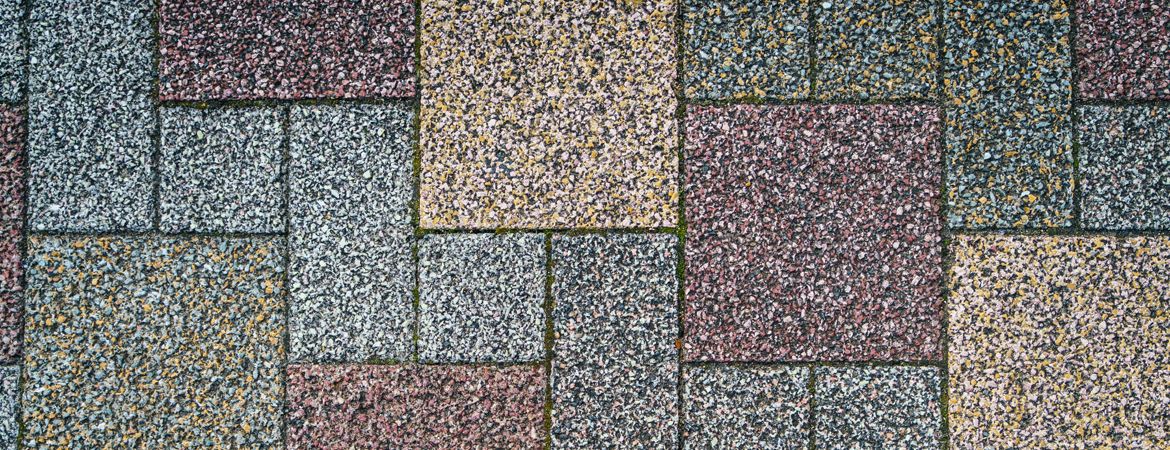
In the ever-evolving world of construction, a groundbreaking innovation is making waves: deactivated concrete. This cutting-edge technology has the potential to revolutionize the way we build structures, offering unprecedented strength, durability, and cost-effectiveness. Deactivated concrete, also known as self-healing concrete, uses a combination of innovative materials and techniques to repair small cracks and prevent further damage. This advancement is a game-changer, as it not only extends the lifespan of concrete structures but also reduces maintenance and repair costs significantly.
Imagine a world where crumbling infrastructure is a thing of the past. With deactivated concrete, this dream could become a reality. As construction projects become more complex and demanding, finding sustainable and long-lasting solutions becomes imperative. Deactivated concrete ticks all the boxes, allowing for environmentally friendly construction practices without compromising on quality or safety.
The rise of deactivated concrete has caught the attention of construction companies worldwide, who are eager to embrace this transformative technology. As the industry looks towards a future that is built to last, deactivated concrete is paving the way for a new era in construction.
Brand Voice: Innovative, forward-thinking, reliable.
Advantages of use
Deactivated concrete brings a host of advantages to the construction industry. Firstly, it increases the lifespan of structures by automatically repairing small cracks that occur over time. This self-healing ability ensures that the integrity of the concrete remains intact, reducing the need for costly repairs and maintenance. Additionally, it improves the overall durability of structures, making them more resistant to wear and tear caused by external factors such as weather conditions or heavy loads. This increased durability translates into long-term cost savings for construction projects.
Another advantage is its ability to enhance the safety of structures. By repairing cracks as soon as they appear, the risk of further damage or structural failure is minimized. This is particularly important in high-risk environments such as bridges, where the structural integrity is crucial for ensuring the safety of commuters. Furthermore, the use of deactivated concrete reduces the need for manual intervention in repair processes, lowering the risk of accidents and injuries for construction workers.
The science behind deactivated concrete
D.C. is made possible through the incorporation of innovative materials and techniques. One key ingredient is the use of microcapsules filled with a healing agent, such as polyurethane or epoxy. These microcapsules are embedded within the concrete mixture, ready to release their contents when cracks occur. When a crack forms, the microcapsules rupture, releasing the healing agent which fills the gap and restores the structural integrity of the concrete. This self-healing process can occur multiple times, ensuring that cracks are continuously repaired and preventing further damage.
In addition to microcapsules, it also employs a combination of fibers and supplementary cementitious materials (SCMs) to enhance its strength and durability. Fibers, such as steel or polypropylene, are added to the concrete mixture to reinforce the structure and reduce the likelihood of cracks forming. SCMs, such as fly ash or slag, are used to replace a portion of the cement, resulting in a denser and more durable concrete mix. These additives work in tandem with the self-healing properties of deactivated concrete, creating a robust and long-lasting construction material.
Case studies
Several case studies have demonstrated the effectiveness of deactivated concrete in real-world applications. One notable example is the use of self-healing concrete in the construction of a highway bridge in the Netherlands. The bridge, which experiences heavy traffic and harsh weather conditions, was built using deactivated concrete with embedded microcapsules. Over time, small cracks began to appear, but the self-healing properties of the concrete ensured that these cracks were promptly repaired. As a result, the bridge has maintained its structural integrity and has required minimal maintenance, saving both time and money for the local authorities.
Another case study highlights the use of D.C. in the construction of a high-rise building in Singapore. The building, subjected to significant vibrations and loads, utilized the self-healing properties of deactivated concrete to prevent cracks from spreading and compromising the structure. This proactive approach to maintenance not only ensured the safety of the occupants but also reduced the need for costly repairs and disruptions to the building’s operations. These case studies serve as compelling evidence of the effectiveness and practicality of deactivated concrete in real-world construction scenarios.

Implementing deactivated concrete in construction projects
Implementing deactivated concrete in construction projects requires careful planning and consideration. Firstly, it is essential to assess the specific needs and requirements of the project to determine the appropriate mix design and additives. Factors such as the expected loads, environmental conditions, and desired lifespan of the structure should be taken into account. Additionally, the construction team should receive training on the proper handling and installation of deactivated concrete to ensure optimal results.
Collaboration between engineers, architects, and contractors is crucial during the design and construction phases. By involving all stakeholders from the early stages, potential challenges can be identified and addressed, ensuring a seamless integration of deactivated concrete into the project. Regular inspections and monitoring of the concrete’s performance should also be conducted to identify any potential issues or areas that require attention.
Challenges and limitations of using deactivated concrete
While deactivated concrete offers numerous benefits, it is important to acknowledge its limitations and potential challenges. One limitation is the increased complexity of the mixture, which may require specialized equipment and expertise during the construction process. This could result in higher initial costs compared to traditional concrete. Additionally, the long-term performance of deactivated concrete is still being studied, as factors such as aging and exposure to extreme conditions may affect its self-healing capabilities.
Another challenge is the availability of materials required for deactivated concrete. Microcapsules and certain additives may not be readily accessible in all regions, potentially limiting the widespread adoption of this technology. However, as the demand for deactivated concrete increases, it is expected that the availability and affordability of these materials will improve over time.
Cost considerations
Despite the initial investment required for deactivated concrete, it offers significant cost savings over the lifespan of a structure. By reducing the need for frequent repairs and maintenance, construction projects can achieve long-term cost efficiencies. Additionally, the improved durability of deactivated concrete means that structures are less susceptible to damage caused by external factors, further reducing repair and replacement costs. It is essential for project stakeholders to consider the overall lifecycle cost when assessing the feasibility of implementing deactivated concrete.
Sustainability benefits
Deactivated concrete aligns with the growing demand for sustainable construction practices. By extending the lifespan of structures, it reduces the need for new construction, thereby minimizing the environmental impact associated with the extraction of raw materials. Furthermore, the use of supplementary cementitious materials in deactivated concrete reduces the carbon footprint of construction projects by reducing the amount of cement required. This not only conserves natural resources but also reduces greenhouse gas emissions associated with cement production.
Future prospects and developments
As technology continues to advance, the potential for further developments in deactivated concrete is immense. Ongoing research aims to improve the self-healing capabilities of the concrete, allowing for the repair of larger cracks and damage. Additionally, the integration of smart sensors and monitoring systems could provide real-time data on the condition of the concrete, enabling proactive maintenance and further enhancing its durability. The future of deactivated concrete holds exciting possibilities for the construction industry.
Conclusion: The future of construction with deactivated concrete
Deactivated concrete has emerged as a transformative technology in the construction industry, offering unparalleled strength, durability, and cost-effectiveness. Its ability to self-heal cracks and prevent further damage has the potential to revolutionize the way we build structures, extending their lifespan and reducing maintenance costs. The rise of deactivated concrete has captured the attention of construction companies worldwide, who are eager to embrace this innovation and pave the way for a more sustainable and long-lasting future. As the industry continues to evolve, deactivated concrete will undoubtedly play a pivotal role in shaping the construction projects of tomorrow.

